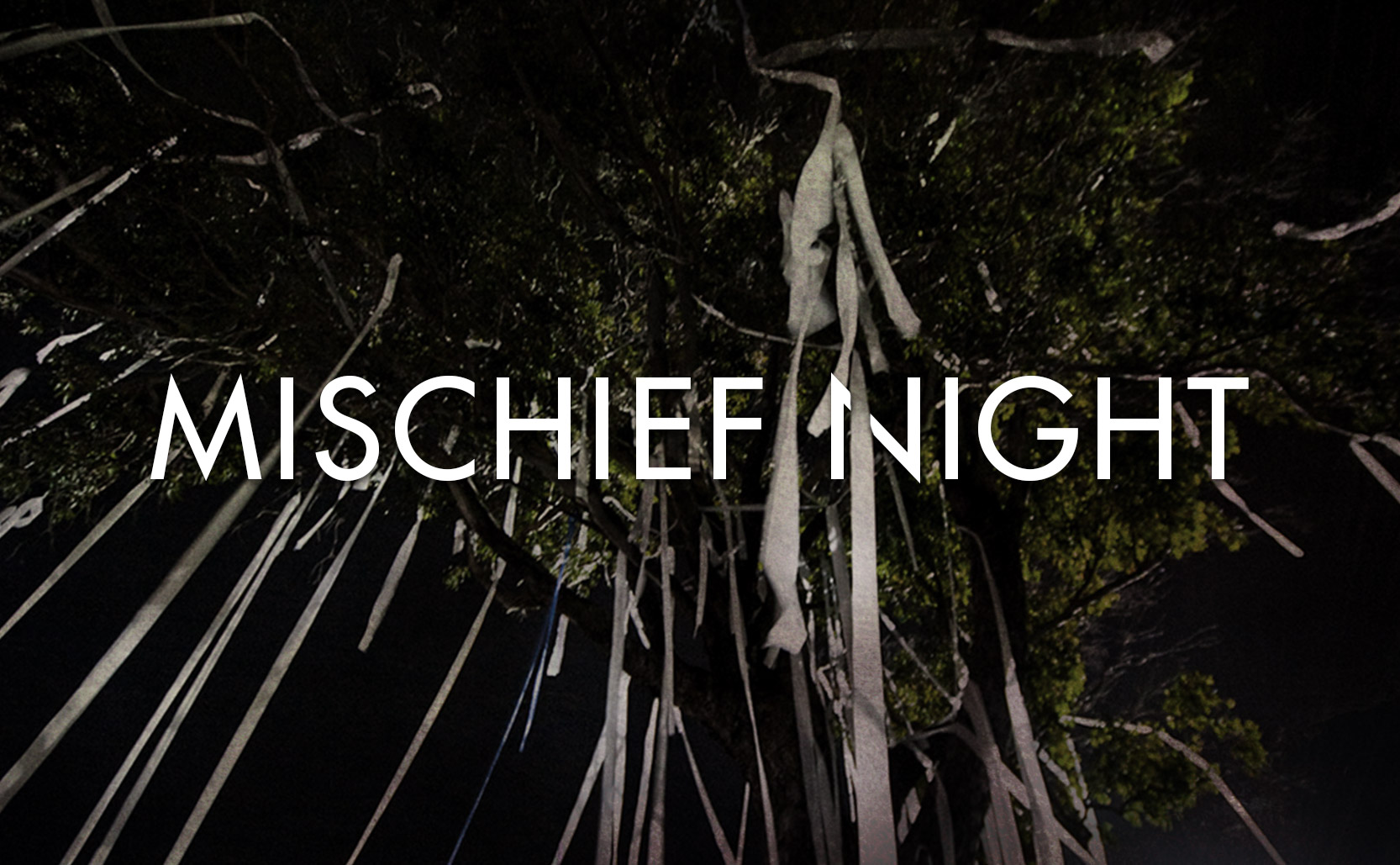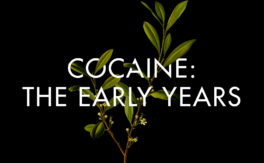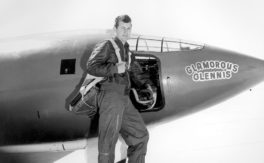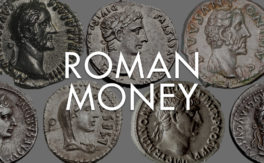The night before Halloween is a night of mischief & destruction (in a select few cities).
For most people, the night before Halloween (which itself is the night before All Saint’s Day), is unremarkable – there’s nothing special about October 30th. For a select few areas however the night of October 30th is a night for pranks & vandalism. October 30th is Mischief Night.
English origins
Many cultures have recognized, if not fully sanctioned, annual traditions for mischief. The Alpine tradition of Krampus for example brings some chaos and mischief to the Christmas season. Since at least the 18th century England, and in particular the northern areas of Yorkshire and Lancashire, have had Mischief Night. Traditionally this was a night for young teens to engage in low-grade pranks on the night of April 30th before May 1st (the first day of summer). A particularly popular prank was to remove the gates from farms, releasing animals from their pens and creating havoc as the animals wandered about farms and town.
Over the centuries that mischief moved from the Spring to the Fall ending up on November 4th, the night before Guy Fawkes Night. As Ireland’s Halloween and England’s Guy Fawkes Night emigrated to America, Mischief Night went along for the ride.
Philly & Detroit
In 2013 the New York Times released a dialect quiz which was a survey of questions about what people from around the United States call things and how they pronounce them. One question was “What do you call the night before Halloween?” With a few small exceptions, overwhelmingly most of the country replied with “I have no word for this”, except for two areas: Philadelphia and Detroit.
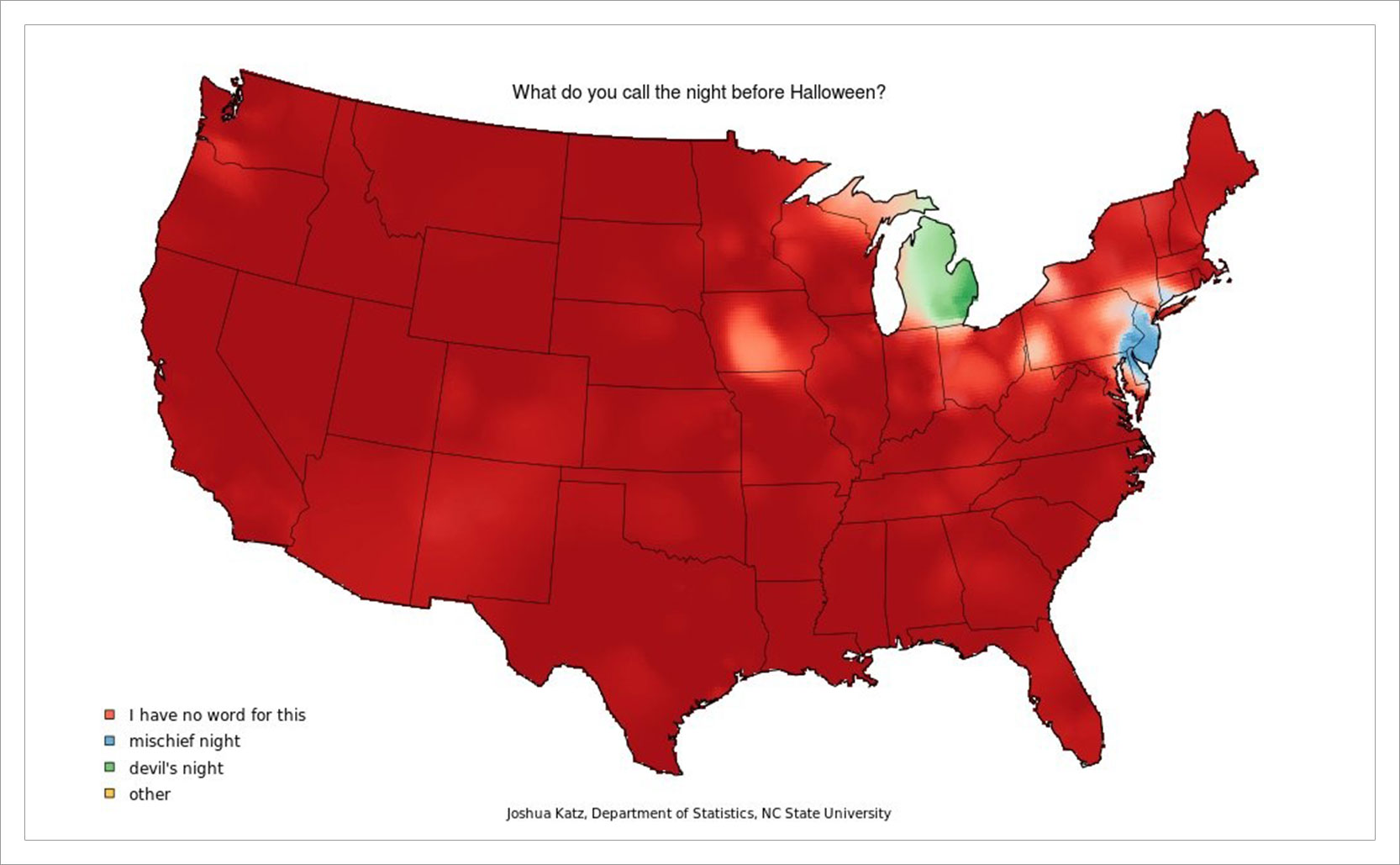
The Philadelphia area, extending into New Jersey, calls October 30th Mischief Night. The Detroit area calls this night Devil’s Night. Just like their English predecessor these nights are times for pranks & vandalism. From the mild to the wild the mischief can include ringing doorbells, taking things from porches, egging houses, smashing pumpkins, throwing toilet paper into trees, and more. In Detroit this night has been known particularly for arson. In the 1980s as the city contracted in size people would set fire to abandoned homes. In 1984 there were more than 800 fires reported across the city, the most of any Devil’s Night. Arson has also sometimes been a feature of Mischief Night, such as 1991 in Camden, NJ when 133 fires were reported.
One of the curious things is how localized these traditions are. Mischief Night and Devil’s Night exist in their geographic areas and have never spread much further despite existing since at least the mid 19th century. One theory for Mischief Night’s limited reach is the provincial nature of the Philadelphia area. Other major American cities have more of an even mix of new vs born-and-raised residents, which means customs spread. Most people in the Philadelphia area however were born around Philly and have never moved away – 68% of Philadelphians were born in Pennsylvania. As such the cultural traditions, food, sports loyalties, accent, and other jawn stay near the city and never leave the Philadelphia area. In this way, the mischief of Mischief Night has remained contained to the region – to the relief of people everywhere.
Added info: Philadelphia is at the center of another divisive Halloween tradition: candy corn. As the story goes, candy corn was invented by George Renninger at the Wunderle Candy Company in Philadelphia around 1898. The authenticity of these exact details however are questionable and are considered “oral history.” The tri-colored candy is tasty to some but to others the honey vanilla flavor and waxy texture is off-putting.
The National Confectioners Association has created a “National Candy Corn Day”, the date of which is October 30th, Mischief Night.


